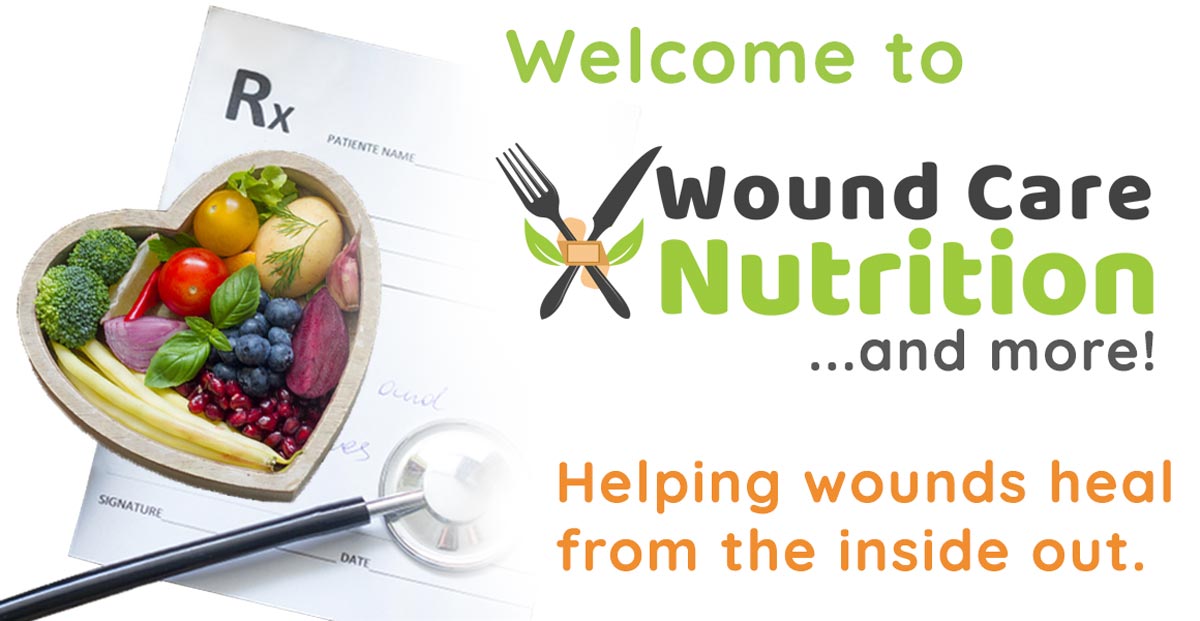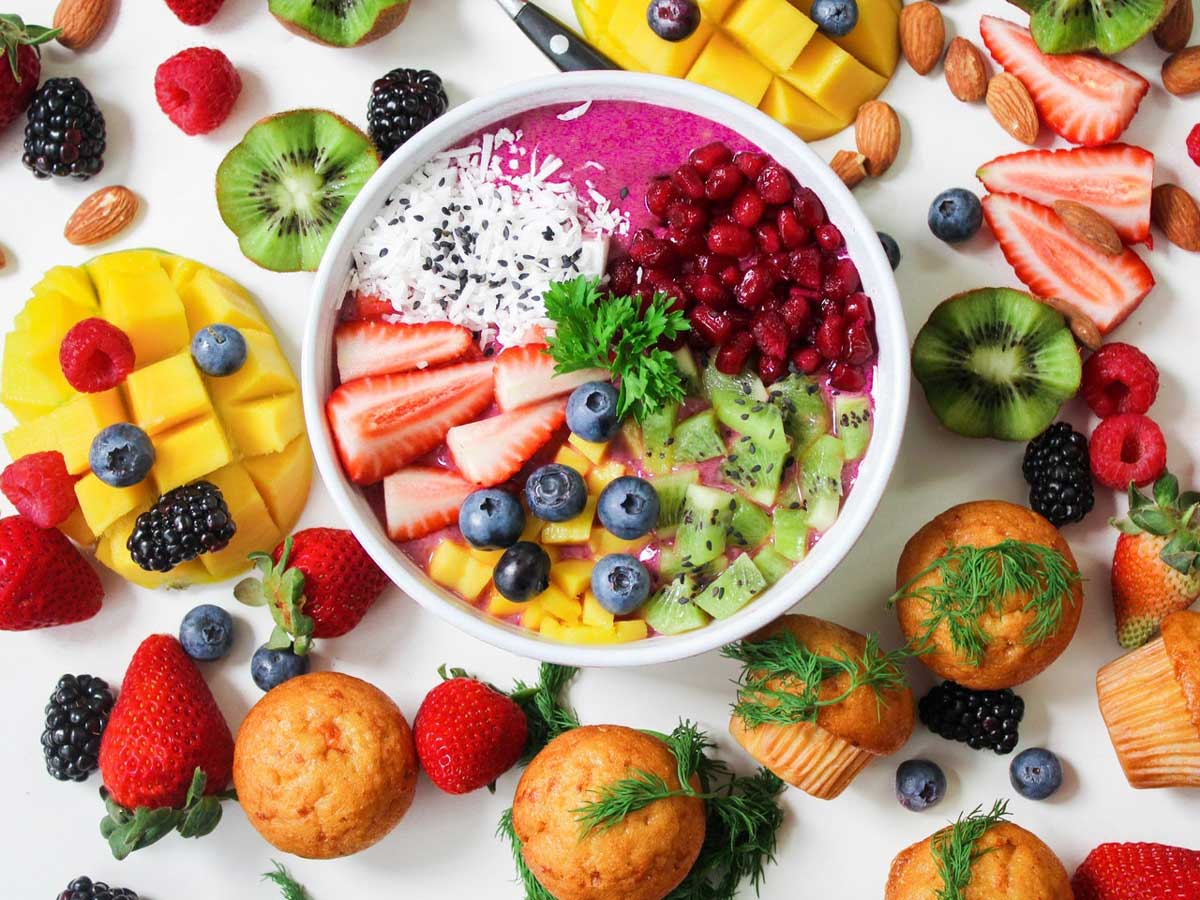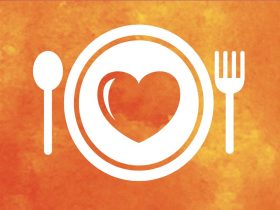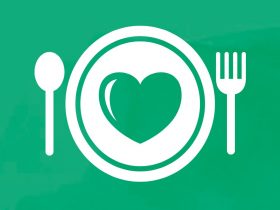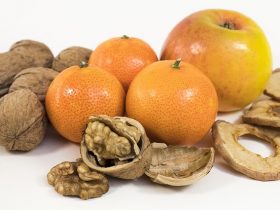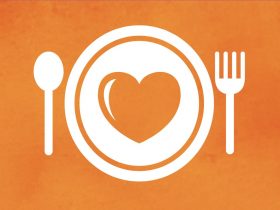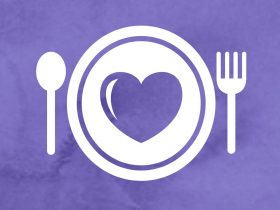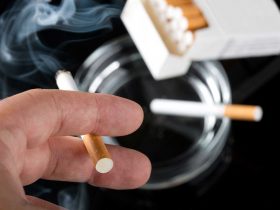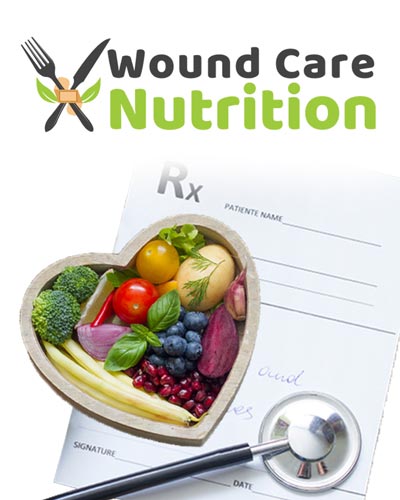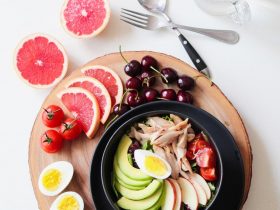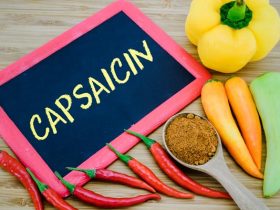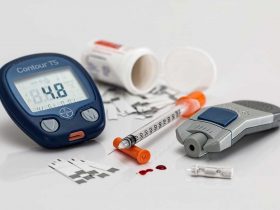By Nancy Collins, PhD, RDN, LD, NWCC, FAND
Patients with wounds usually have multiple medical problems, and often the other diagnoses make meeting the nutritional plan difficult, such as when the wound patient also has cancer.
I often discuss the increased nutritional requirements to fuel wound healing. Patients need extra calories and protein each day, plus an adequate amount of fluids, the right mix of vitamins and minerals, and any adjuvant treatments, such as targeted amino acids. A question that I often am asked is how you accomplish this when the patient has an additional diagnosis that impedes or supersedes the recommended nutritional plan. It is rare that a patient presents with only a single medical problem, and sometimes the other problems pose challenges to the nutritional plan.
One Family’s Complaint
The plaintiff’s family was angry. Their much beloved mother, Suzanne, was wasting away and becoming weaker as each week passed. Suzanne was receiving treatment for breast cancer, and while it appeared that the surgery had gone well and she had a good chance of beating the cancer, new issues cropped up during the recovery period.
Suzanne was losing weight, had no energy, and her surgical wound was not healing. According to her daughter, Suzanne just never seemed to bounce back after the surgery and it was “one thing after another.” After several months, Suzanne died with a long list of diagnoses, including malnutrition, dehydration, and an infected wound in addition to her breast cancer.
Her family believed that her other problems were not addressed properly and initiated litigation against her healthcare providers. Their feeling was that each of her providers was operating in a silo and only concerned with his or her own specialty rather than the overall picture. The case eventually was resolved with an out-of-court settlement. I believe that no one truly won in this situation. The healthcare providers paid out a large sum of money because they were fearful of paying out an even larger sum if a jury was to decide the outcome. The family still had unresolved grief and still did not have any real understanding of what happened to their loved one or why.
Suzanne’s cancer treatment and the accompanying side effects made it difficult for her to meet her nutritional needs. Continued unchecked, she lost lean body mass and simply did not have the nutritional substrate from which to build new tissue to heal her surgical wounds. While the wound care center was not solely responsible for treating her unintended weight loss, it might have helped if some compensatory strategies were discussed during the wound care sessions. Here is a list of ideas for your next cancer patient who has trouble eating.
Cancer and Nutrition
Maintaining adequate nutrition is a crucial part of not only cancer treatment but wound treatment as well. Eating a variety of foods daily from all the foods groups is necessary to obtain the nutrients needed to maintain strength and heal from surgery. However, many people experience side effects from cancer treatments. Here are some tips for managing common oral problems, including taste alterations, sore throat, and dry mouth.
Taste alterations
- Tart foods: For individuals who do not have a sore mouth or throat, tart foods will help enhance flavors. Try orange juice, pickles, lemons, limes, vinegar, or tomato juice.
- Meats: Marinate meats in fruit juice, sweet wine, Italian dressing, or sweet and sour sauce for more taste or try meat alternatives, such as eggs, cheese, cottage cheese, tofu, vegetarian meat substitutes, yogurt, and peanut butter.
- Metallic taste: Use plastic utensils rather than silverware.
Sore mouth and throat/swallowing difficulty
- Blended foods: A blender is great for making smoothies. Add milk powder or protein powder for extra protein.
- Soft foods: Choose soft foods, such as mashed potatoes, yogurt, scrambled eggs, hard-boiled eggs (for egg salad), egg custards, ricotta cheese, milkshakes, puddings, gelatins, cooked cereals, or noodle casseroles (macaroni and cheese).
- Acidic foods: Avoid acidic foods, such as vinegar, citrus fruits, and tomatoes, which can sting and burn. Try fruits that are low in acid, such as bananas and canned pears or peaches. Use peach, pear, and apricot nectars instead of fruit juice.
- Salty foods: Avoid very salty foods.
- Hot spices: Avoid hot spices, such as pepper, chili powder, nutmeg, or cloves.
- Rough or coarse foods: Avoid rough or coarse foods, such as raw fruits or vegetables and bran.
- Dry foods: Avoid dry foods, such as toast or hard breads, unless they are soaked first in a gravy or sauce.
- Food temperature: Eat foods at room temperature or cold, rather than piping hot.
Dry mouth
- Dry foods: A lack of saliva may make meat, bread products, and other dry foods difficult to eat. Serve these foods with extra gravies/sauces or soak them in liquids (eg, dip toast or cookies in tea, cocoa, or milk).
- Liquids: Drink liquids with meals and between meals to keep daily fluid intake as high as possible. Eat foods with high water content, such as watermelon, cantaloupe, honeydew melon, and grapes.
- Caffeine and alcohol: Limit caffeine-containing products and alcoholic beverages, which are diuretics.
- Chewing gum and sour candy: Chewing gum and sour candy may stimulate the flow of saliva. Choose sugar-free products to reduce the risk of dental cavities.
- Lemons: Lemons contain citric acid and can stimulate saliva. Try tea or water with lemon, lemonade, and lemon candy or simply suck on a fresh lemon wedge unless a sore mouth is present.
- Frozen options: Suck on frozen grapes, freezer pops, or ice chips.
Mouthwashes and mouth rinses: Avoid mouthwashes and mouth rinses that contain alcohol. Rinse mouth frequently with “normal” saline solution (1 quart water and ½–¾ teaspoon salt).

